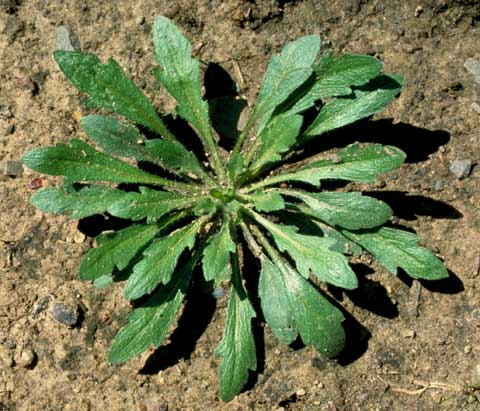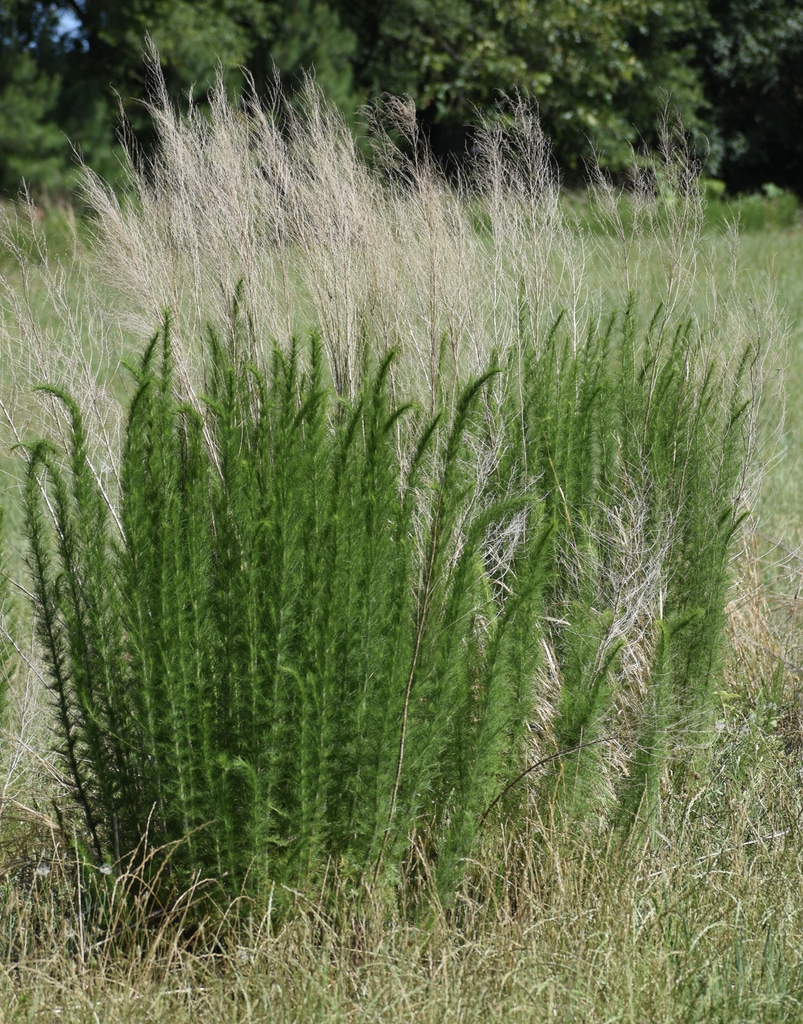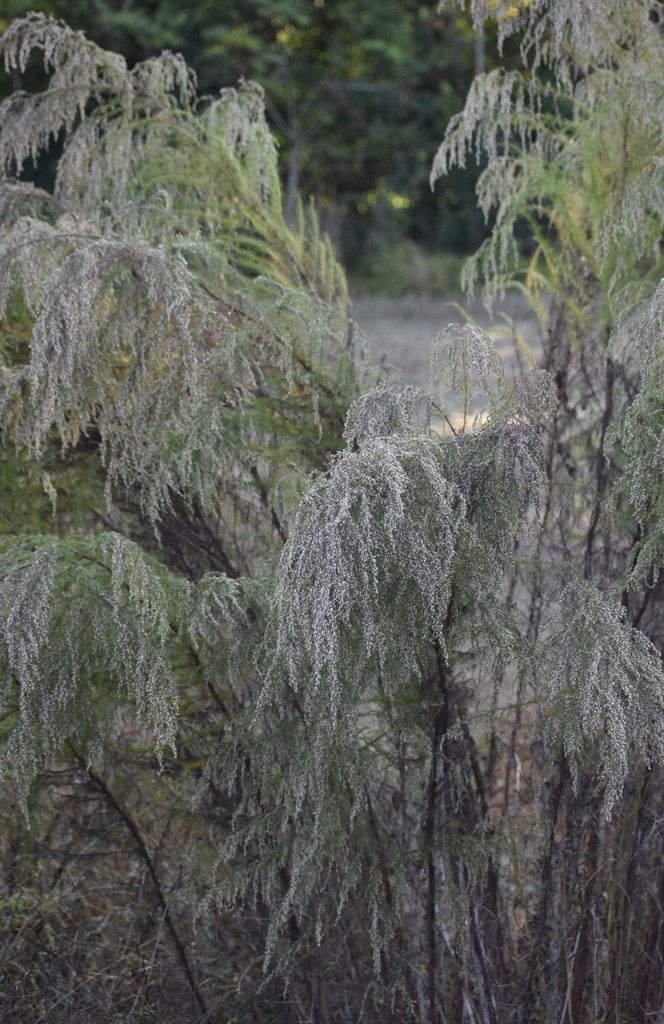Weed of the Week
go.ncsu.edu/readext?810212
en Español / em Português
El inglés es el idioma de control de esta página. En la medida en que haya algún conflicto entre la traducción al inglés y la traducción, el inglés prevalece.
Al hacer clic en el enlace de traducción se activa un servicio de traducción gratuito para convertir la página al español. Al igual que con cualquier traducción por Internet, la conversión no es sensible al contexto y puede que no traduzca el texto en su significado original. NC State Extension no garantiza la exactitud del texto traducido. Por favor, tenga en cuenta que algunas aplicaciones y/o servicios pueden no funcionar como se espera cuando se traducen.
Português
Inglês é o idioma de controle desta página. Na medida que haja algum conflito entre o texto original em Inglês e a tradução, o Inglês prevalece.
Ao clicar no link de tradução, um serviço gratuito de tradução será ativado para converter a página para o Português. Como em qualquer tradução pela internet, a conversão não é sensivel ao contexto e pode não ocorrer a tradução para o significado orginal. O serviço de Extensão da Carolina do Norte (NC State Extension) não garante a exatidão do texto traduzido. Por favor, observe que algumas funções ou serviços podem não funcionar como esperado após a tradução.
English
English is the controlling language of this page. To the extent there is any conflict between the English text and the translation, English controls.
Clicking on the translation link activates a free translation service to convert the page to Spanish. As with any Internet translation, the conversion is not context-sensitive and may not translate the text to its original meaning. NC State Extension does not guarantee the accuracy of the translated text. Please note that some applications and/or services may not function as expected when translated.
Collapse ▲Anyone see these really tall and slender weeds as you are driving around town? Or maybe you have some at the end of your driveway or growing out in your field? These common weeds are called horseweed/marestail (Erigeron canadensis) and dog fennel (Eupatorium capillifolium). Here is what you need to know about these weeds and ways to control them.
 Horseweed is a winter annual weed in the aster family that can be found in waste areas, turf, roadsides, etc. It usually germinates in late fall and early spring, forming a small rosette of hairy leaves. In spring, the weed grows straight up and can get anywhere from 3 to 6ft tall.
Horseweed is a winter annual weed in the aster family that can be found in waste areas, turf, roadsides, etc. It usually germinates in late fall and early spring, forming a small rosette of hairy leaves. In spring, the weed grows straight up and can get anywhere from 3 to 6ft tall.
Horseweed has a taproot and anchoring fibrous roots so pulling them out by hand can be difficult. They can also grow back from damaged stems, so be sure you pull all plant parts up if you are hand weeding. Marestail also forms A LOT of flowers, which can produce A LOT of seeds if you allow it to do so. Therefore, try to control it when the plant is small (preferably in the rosette stage and ESPECIALLY before flowering) if you don’t want them to be a bigger problem next season.
 Best options for control are pre emergent broadleaf herbicides. Horseweed in many areas has developed a resistance to the chemical glyphosate (Roundup), so applications of 2,4-D, dicamba, glufosinate, or paraquat at that young growth stage is best. A great cultural practice that also helps is to maintain a thick, healthy lawn. That means, fertilizing at the right times at the right rates, mowing at the correct height, good watering techniques, etc.
Best options for control are pre emergent broadleaf herbicides. Horseweed in many areas has developed a resistance to the chemical glyphosate (Roundup), so applications of 2,4-D, dicamba, glufosinate, or paraquat at that young growth stage is best. A great cultural practice that also helps is to maintain a thick, healthy lawn. That means, fertilizing at the right times at the right rates, mowing at the correct height, good watering techniques, etc.
Dog fennel is an herbaceous perennial weed that is also in the aster family. It does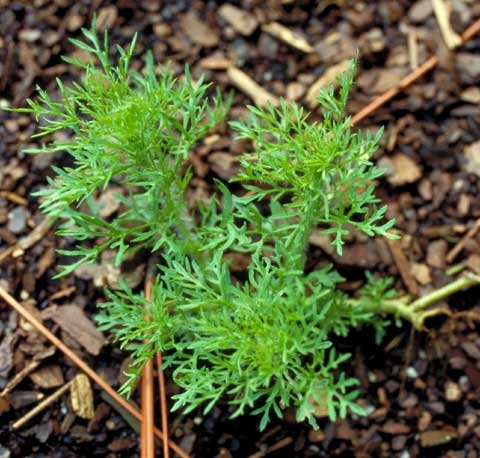 well with many growing conditions and is especially drought tolerant, growing in fields, waste areas, roadsides, et. This weed is similar to horseweed in that it spreads rapidly from seed, can re-grow from broken stems, and can reach 3 to 6ft tall. Dog fennel has very thin, wispy, and deeply dissected leaves (kind of looks like a carrot seedling). I often think the best word to describe it is “fuzzy” when looking at the overall plant. These leaves are very soft and have a smell to them when crushed.
well with many growing conditions and is especially drought tolerant, growing in fields, waste areas, roadsides, et. This weed is similar to horseweed in that it spreads rapidly from seed, can re-grow from broken stems, and can reach 3 to 6ft tall. Dog fennel has very thin, wispy, and deeply dissected leaves (kind of looks like a carrot seedling). I often think the best word to describe it is “fuzzy” when looking at the overall plant. These leaves are very soft and have a smell to them when crushed.
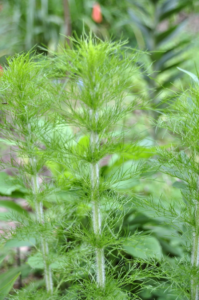 Keys to management of this tall weed are good turf management, like those suggested for horseweed. Applying a pre-emergent herbicide containing isoxaben can reduce large amounts of dog fennel in lawns and landscape beds. Post applications of herbicides with active ingredients like 2,4-D, Mecoprop, or Dicamba and should be applied when weed is young and small.
Keys to management of this tall weed are good turf management, like those suggested for horseweed. Applying a pre-emergent herbicide containing isoxaben can reduce large amounts of dog fennel in lawns and landscape beds. Post applications of herbicides with active ingredients like 2,4-D, Mecoprop, or Dicamba and should be applied when weed is young and small.
As always remember that when using chemicals, please be sure to read and follow all labels and instructions! If you need any help or have questions about how/when to apply, or which chemicals you can use and where, just call our office (828-632-4451). We will be happy to help!






